Order: Sphenisciformes. Family: Spheniscidae
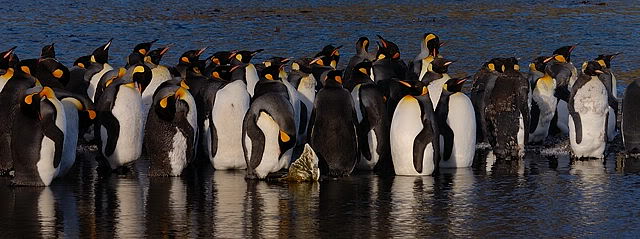
Description
94 cm. Second largest of the Penguins. Upper-parts are silvery grey, under-parts white, with a fine black line separating the two. Head is dark chocolate brown with an orange "ear patch" that extends down onto the upper breast, becoming paler and yellower. Bill is black, with a pink base and in good light and with close views, shows blue on the lower mandible. Juveniles have a yellow "ear patch" which deepens in colour with age. Non-breeding birds are not as brightly coloured as breeding birds.
Distribution
King Penguins breed in colonies on the sub-antarctic islands at the northern reaches of Antarctica, South Georgia, and other temperate islands of the region. Closest breeding population on Marion Island. Dispersing across the Southern Ocean in the non-breeding season, generally staying below 35° south. It occasionally lands on ships which take it further north; two birds have been found on vessels in Port Elizabeth and Cape Town, South Africa.
Habitat
Southern Oceans. A vagrant to South Africa, with 6 records.
Diet: King Penguins eat small fish, and squid and rely less than most Southern Ocean predators on krill and other crustaceans. On foraging trips they repeatedly dive to over 100m, and have been recorded at depths greater than 300m.
Breeding
Breeding colonies of the king penguin are found on bare ground and amongst vegetation, and may be close to the shoreline on gently sloping beaches, or in valleys several hundred metres from the sea. During pair formation, both sexes engage in an elaborate display of head shaking, strutting, bowing, calling, and high-pointing, where a couple stand face-to-face, and slowly rise to their full height before relaxing again. A single egg is laid between November and April, with both parent birds sharing incubation duties in two to three week cycles. Instead of building a nest, the egg is incubated on top of the feet under the warm belly, with each pair’s somewhat mobile territory defined simply by pecking-distance. After hatching, parental duties continue to be equally shared by both sexes, with one staying on land to brood the chick while the other goes in search of food at sea. When the chick reaches around six weeks old, it joins a group of chicks known as a crèche, thus allowing both parents to go foraging at the same time, in order to bring back enough food for the voracious offspring. The crèche provides the woolly chicks with protection from predators, as well as the benefit of collective warmth.
Call
Soft cooing call notes at sea.
Listen to Bird Call.
Status
Rare vagrant.



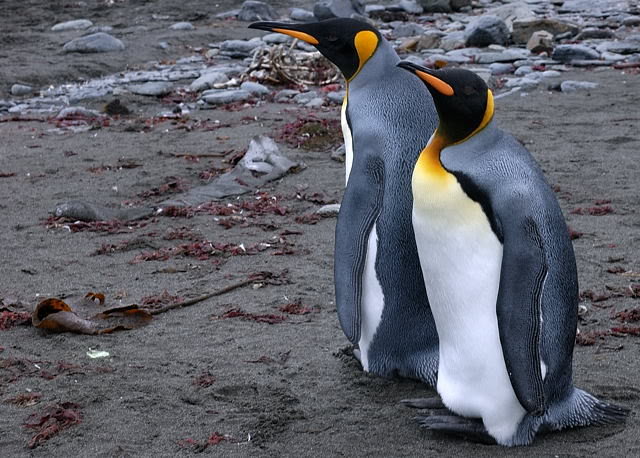
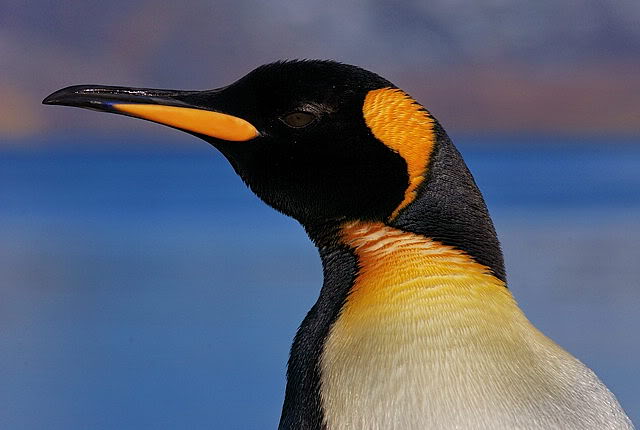

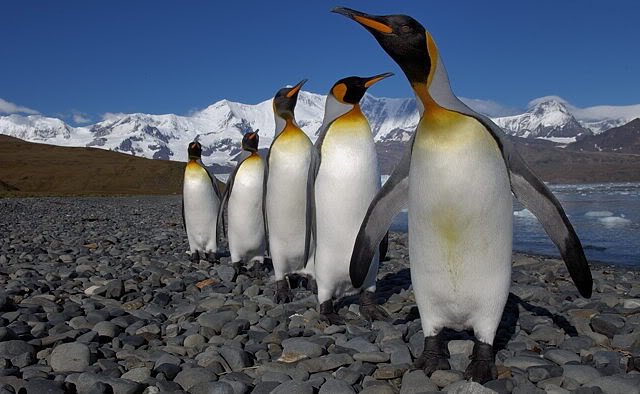
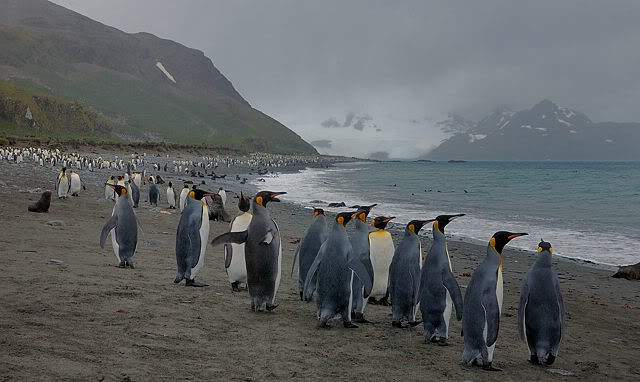
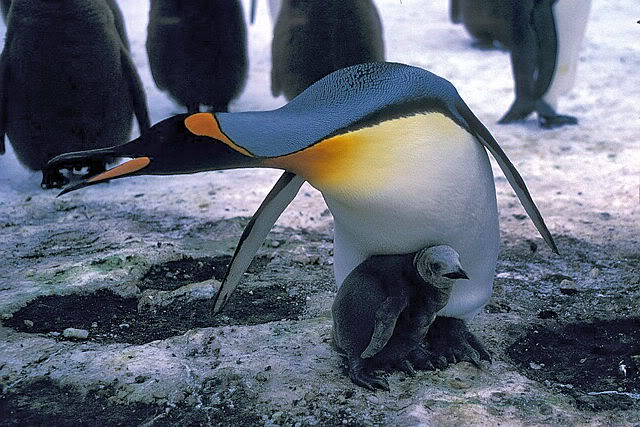
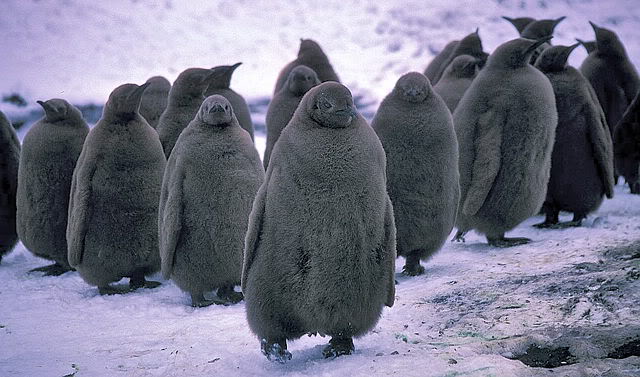
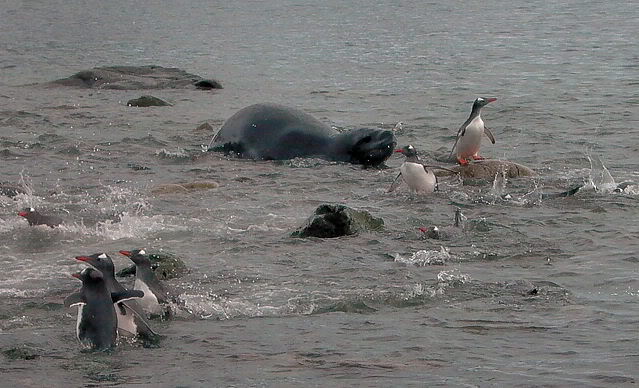




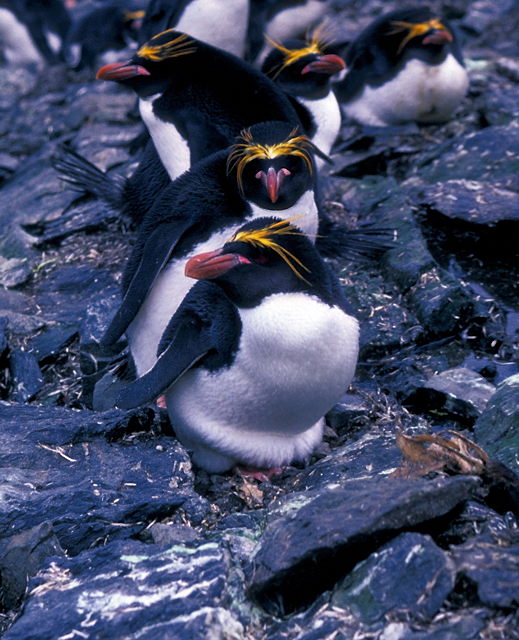
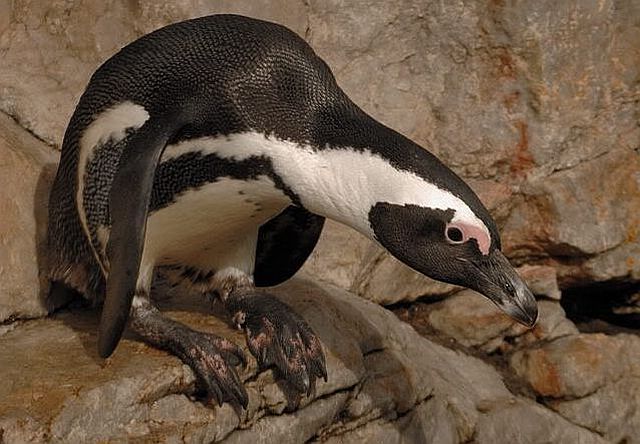
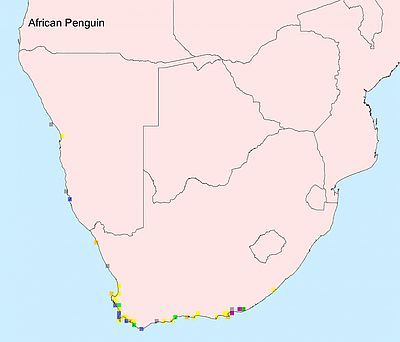
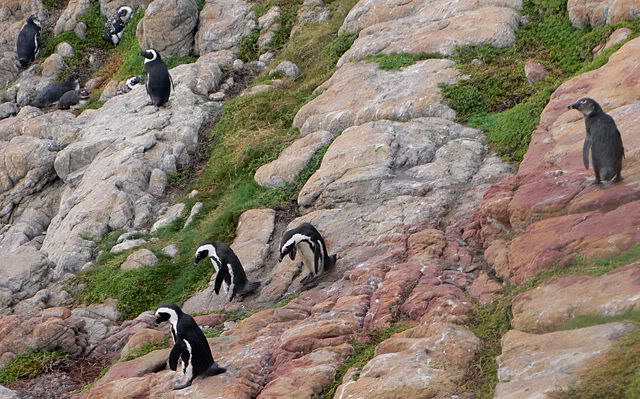 © Dewi
© Dewi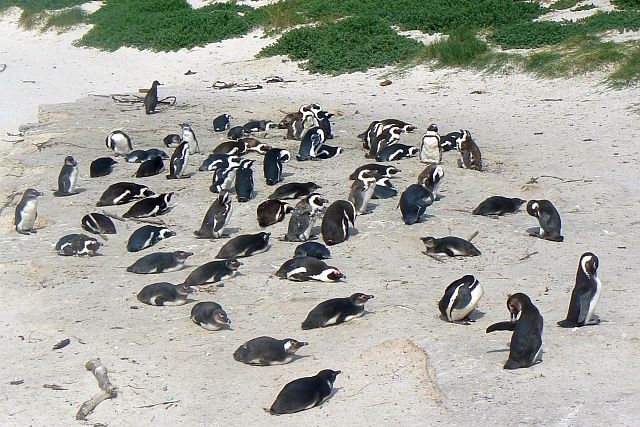 © Toko
© Toko © Toko
© Toko © Michele Nel
© Michele Nel